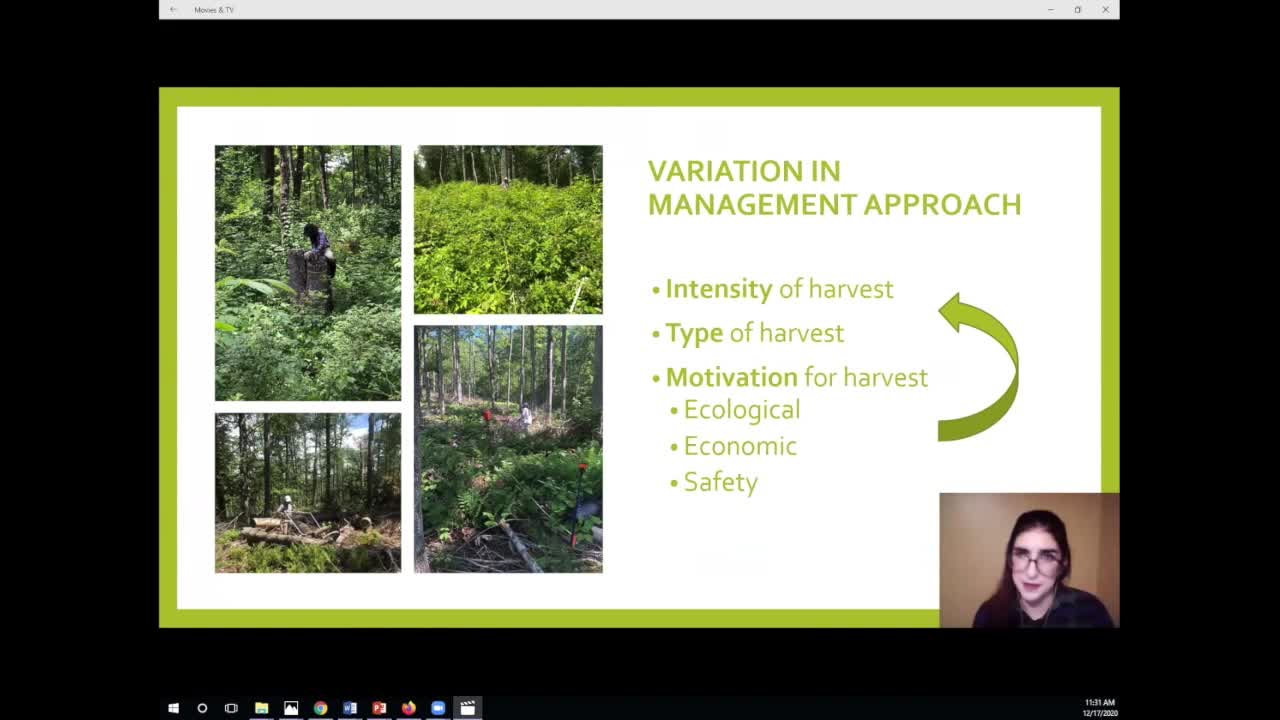Search Results
Results for: 'Now's the Time'

Traditional Collection Methods
Traditional methods of sap collection have changed over time. Initially, Native Americans created gashes in the stem, and directed sap into wooden or bark vessels. Early spouts were created by hollowing out small twigs, which were inserted into ta...

Why Does Sap Flow from Maple Trees? Throughout the maple region, there are several weeks of alternating freeze and thaw temperatures each spring. This weather provides the right conditions for sap flow in maple. Unlike most trees, maples have tiny...

According to the 2019 USDA NASS maple syrup report approximately 90% of Vermont's total annual maple syrup production (about 1.8 million gallons) was sold into the bulk market. The remainder of the crop was sold either to retail or wholesale custo...

All green plants, which includes trees, need sunlight to produce energy for survival. Some trees can satisfy their basic needs with less light than others. Sugar and red maples are two examples of such trees. They are both considered shade-toleran...

Vermont produces more maple syrup than any US state. According to statistics from the USDA, Vermont made over 2.2 million gallons of syrup in 2020. The crop is made by sugar makers with operations of all sizes. The average size of operation in Ver...

Maple trees managed for sap production remain part of a forest ecosystem. Forest ecosystems are complex communities of plants, animals and microbes all interacting with their physical environment and climate. Forests are especially competitive env...

University of Vermont Biology Thanksgiving: Gratitude in Science
Thanksgiving is traditionally a time to take a step back from the day-to-day grind and take a mental inventory of the things for which we are grateful: our family, friends, colleagues, homes, & health. This is especially important in a brutal year...

Impacts of Emerald Ash Borer Management on Northern Hardwood Forest Dynamics in New England
This was presented by Hanusia Higgins. This presentation was part of a series of contributed talks from the 2020 FEMC Annual Conference hosted virtually for the first time. For more content from the 2020 conference please go to https://www.uvm.edu...

Hits, Misses and Incoming: A review of Federal and state pests of concern
This was presented by Judy Rosovsky. This presentation was part of a series of contributed talks from the 2020 FEMC Annual Conference hosted virtually for the first time. For more content from the 2020 conference please go to https://www.uvm.edu/f...